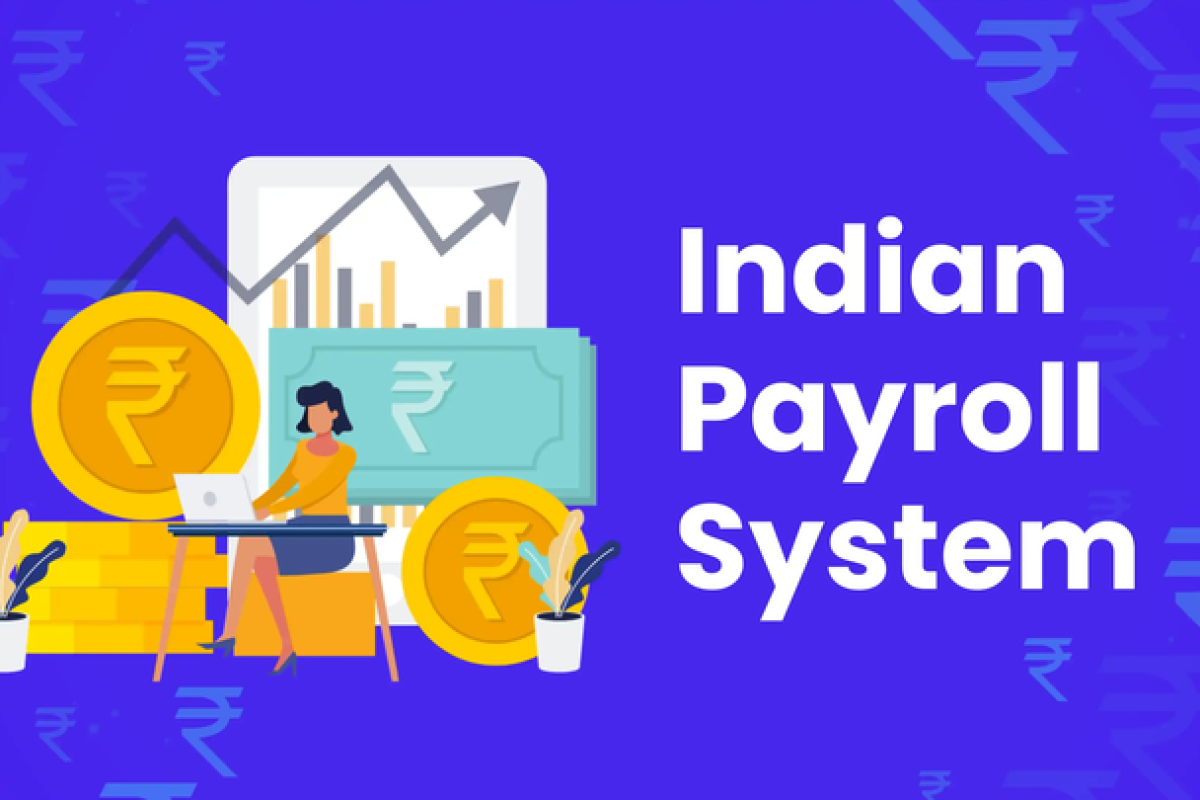Hiring local talent in India can be a great opportunity, but it can also be complicated. This guide explains the payroll process in India, including tax obligations and considerations for remote and Non-Resident Indian (NRI) employees..
Payroll Process: A Step-by-Step Guide
Step 1: Understanding Salary Structure in India 💼
The salary structure in India is important for both following the law and keeping employees happy. Here’s how it usually works:
-
Basic Salary: This is the main part of the salary, typically 40-50% of total pay. It is taxed.
-
House Rent Allowance (HRA): Helps employees pay for housing. It can be 50% of the basic salary in big cities (like Mumbai and Delhi) and 40% in smaller cities.
-
Conveyance Allowance: For travel expenses, with a tax-free limit of ₹1,600 per month.
-
Medical Allowance: Covers medical costs, tax-free up to ₹15,000 per year, but receipts are needed.
-
Special Allowance: The remaining part of the salary, which is generally taxable.
-
Bonus: Employees earning up to ₹21,000 per month get a minimum annual bonus of 8.33% of their salary.
Outcome: A clear salary structure helps employees save on taxes and feel valued.
Step 2: Income Tax Deductions (TDS) 📊
-
TDS Requirements: As an employer, you must deduct income tax from salaries under the Tax Deducted at Source (TDS) system.
-
Income Tax Slabs: Here are the tax rates:
- Up to ₹2.5 lakh: No tax
- ₹2.5 lakh to ₹5 lakh: 5%
- ₹5 lakh to ₹10 lakh: 20%
- Above ₹10 lakh: 30%
-
Filing Requirements: You must file TDS returns quarterly and provide employees with Form 16, showing their income and tax deducted.
Outcome: Proper TDS deductions prevent penalties and ensure compliance.
Step 3: Provident Fund (PF) Contributions 🏦
-
EPF Requirement: The Employees’ Provident Fund (EPF) is a retirement savings scheme, only required if you have more than 20 employees.
-
Contribution Rate: Both employer and employee contribute 12% of the basic salary to the EPF, with part of the employer’s contribution (8.33%) going to a pension scheme.
-
Withdrawal Conditions: Employees can withdraw their PF balance under specific conditions, such as retirement or unemployment.
Outcome: Regular contributions support employees’ savings for retirement.
Step 4: Employee State Insurance (ESI) 🏥
-
Eligibility: ESI is for employees earning ₹21,000 or less per month, providing medical benefits and support during unemployment.
-
Contributions: Rates are:
- Employee: 0.75% of the salary
- Employer: 3.25% of the salary
-
Benefits: ESI offers various medical and cash benefits, including maternity benefits.
Outcome: ESI provides essential medical coverage for eligible employees.
Step 5: Professional Tax (PT) 📋
-
State-Specific Tax: Professional Tax is a tax some states in India charge on employees’ earnings.
-
Variations: The tax amount varies by state, with a maximum of ₹2,500 per year in places like Maharashtra. Employers must deduct and pay this tax.
-
Compliance: Check local regulations for filing requirements to stay compliant.
Outcome: Ensure compliance by submitting PT for affected employees.
Step 6: Gratuity Payments 💰
-
Eligibility: Gratuity is a benefit for employees who have worked at least five continuous years.
-
Calculation:
- Gratuity = (Basic Salary × Years of Service × 15) / 26
- This means 15 days’ pay for each year worked.
-
Tax Implications: Gratuity payments are tax-free up to ₹20 lakh.
Outcome: Prepare for gratuity payments as needed.
Step 7: Payroll Compliance and Reporting 📑
-
Monthly Filings: Employers must file returns for EPF, ESI, and TDS each month or quarter.
-
Record-Keeping: Keep accurate records of employee attendance, salaries, and deductions for audits.
-
Annual Compliance: Make sure to file annual returns for EPF, ESI, and TDS on time.
Outcome: Stay compliant with payroll regulations to avoid penalties.
Step 8: Payroll for Remote Workers 🌍
-
Tax Residency: Determine if remote employees qualify as tax residents based on their stay in India (183 days in a financial year).
-
Salary Structure Adaptation: Adjust salaries to comply with local laws regarding taxes.
-
Contracts: Create employment agreements that outline terms specific to remote work.
-
Compliance: Be aware that remote workers may have additional compliance requirements, including tax filings in their home countries.
Outcome: Properly onboard remote workers while ensuring legal compliance.
Step 9: Payroll for NRI Employees 🌏
-
Tax Implications: NRIs are taxed only on income earned in India and are subject to TDS.
-
Double Taxation Avoidance Agreement (DTAA): Learn about treaties that prevent double taxation for NRIs.
-
Payment Structures: Consider how to pay salaries to NRIs, including foreign currency options.
-
Reporting Requirements: NRIs may have extra reporting obligations, like disclosing foreign bank accounts.
Outcome: Ensure smooth payroll processes for NRI employees.
Example Payroll Calculation
Consider an employee with an annual salary of ₹12,00,000:
- Basic Salary: ₹4,80,000 (40%)
- HRA: ₹2,40,000 (20%)
- Conveyance Allowance: ₹19,200 (tax-free limit)
- Medical Allowance: ₹15,000 (tax-free with receipts)
- Special Allowance: ₹4,45,800 (remaining amount)
Monthly Breakdown:
- Gross Salary: ₹1,00,000 (₹12,00,000 / 12)
- TDS: Calculated based on tax slabs.
- EPF Contribution: ₹5,760 (12% of Basic Salary) if applicable.
- Professional Tax: ₹200 (if applicable).
- Gratuity: ₹1,846 (calculated based on service years, if applicable).
Conclusion: How GlobainePEO Can Help with Payroll in India 🌐
GlobainePEO, as your Employer of Record (EOR), takes care of payroll, tax management, and compliance with Indian labor laws, ensuring accurate salary payments and efficient tax structuring. This lets you focus on growing your business while we handle the complexities of payroll and regulations in India.

